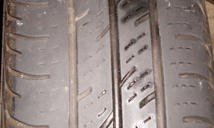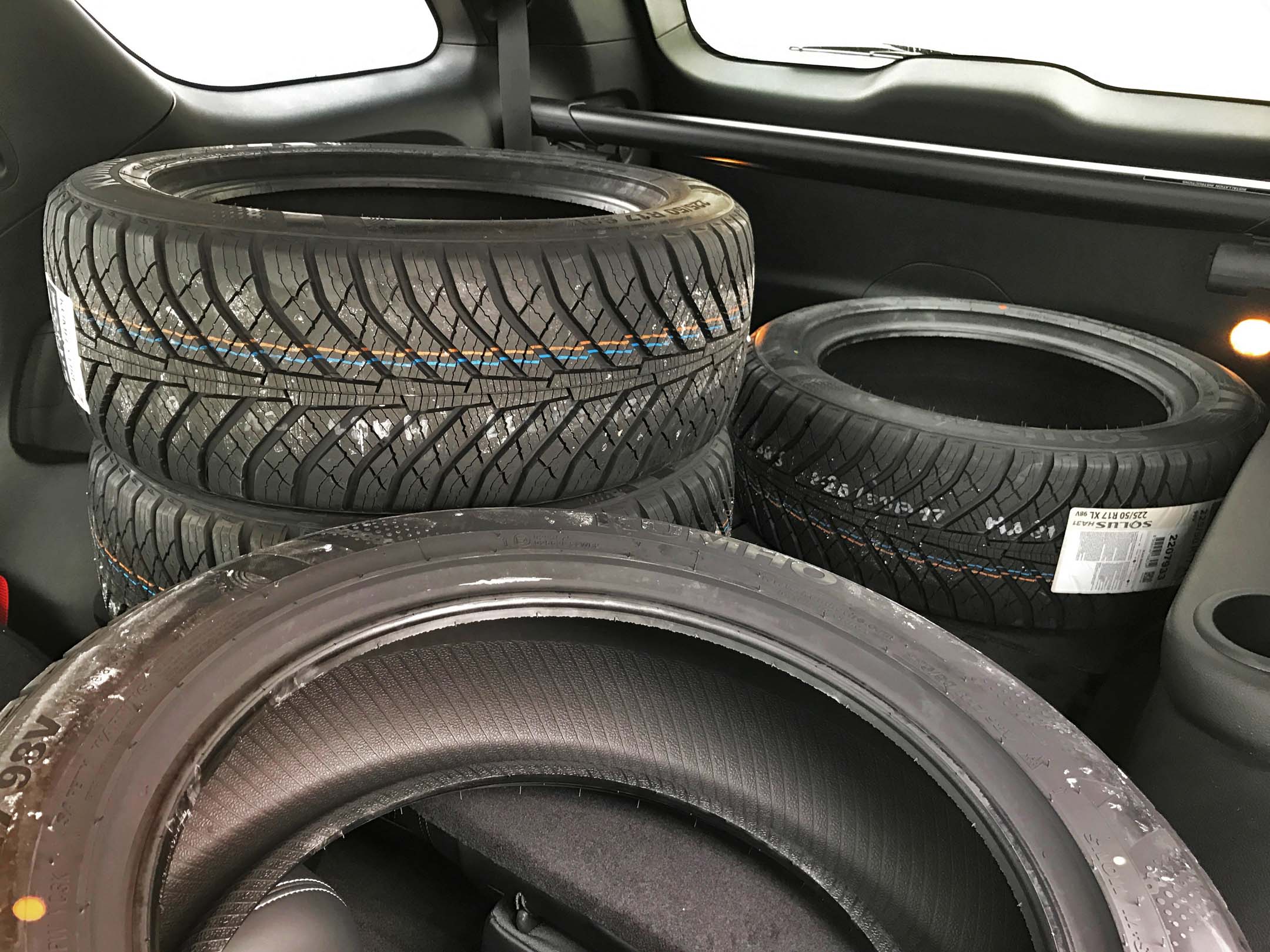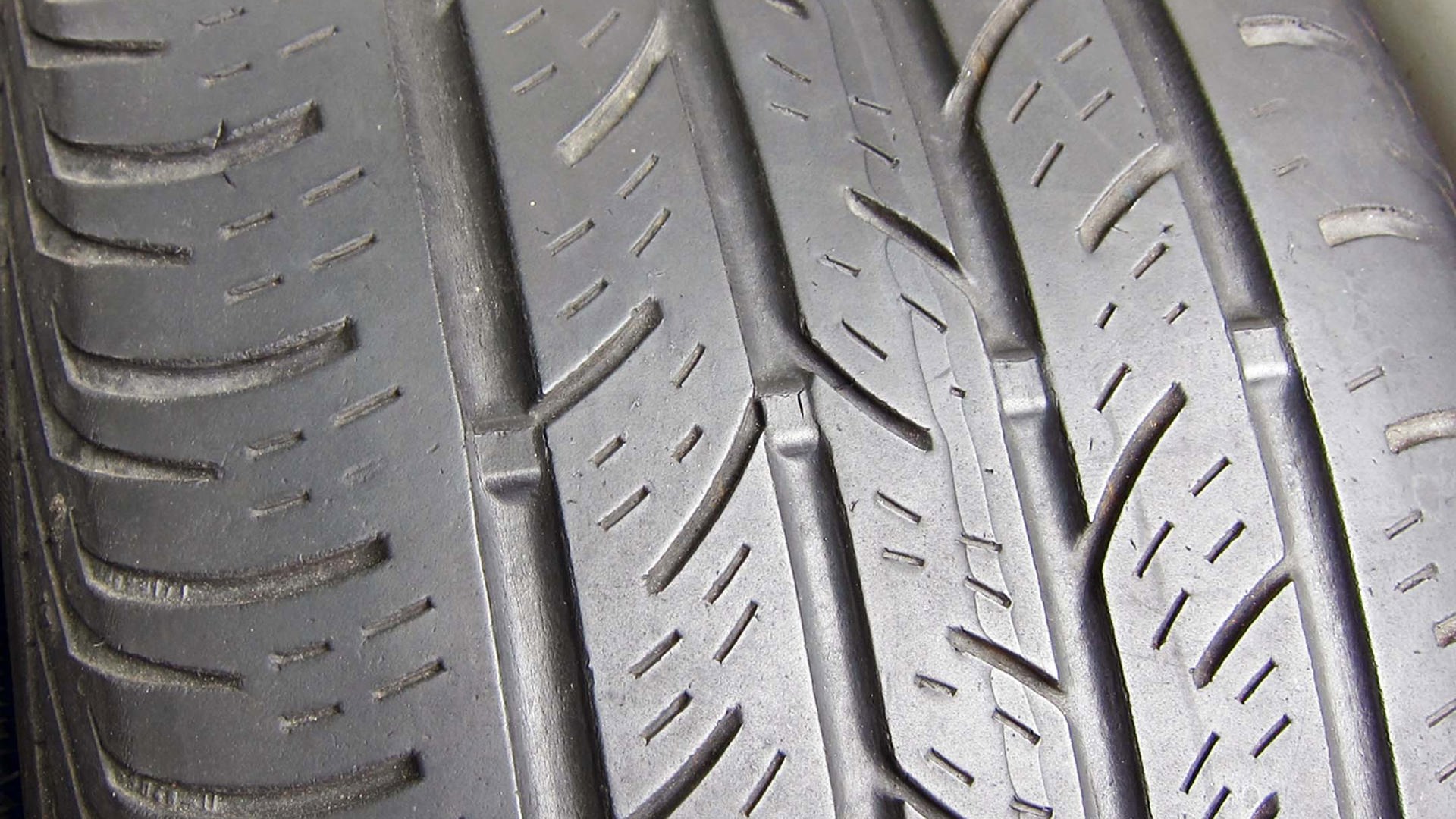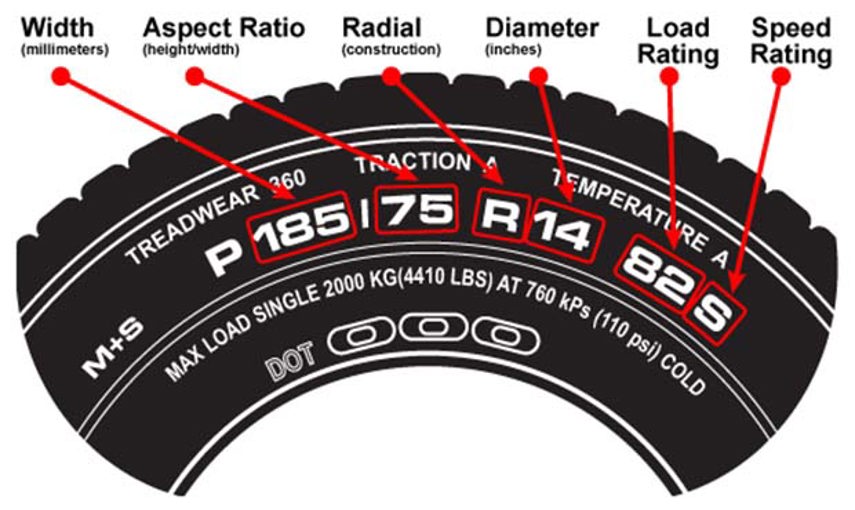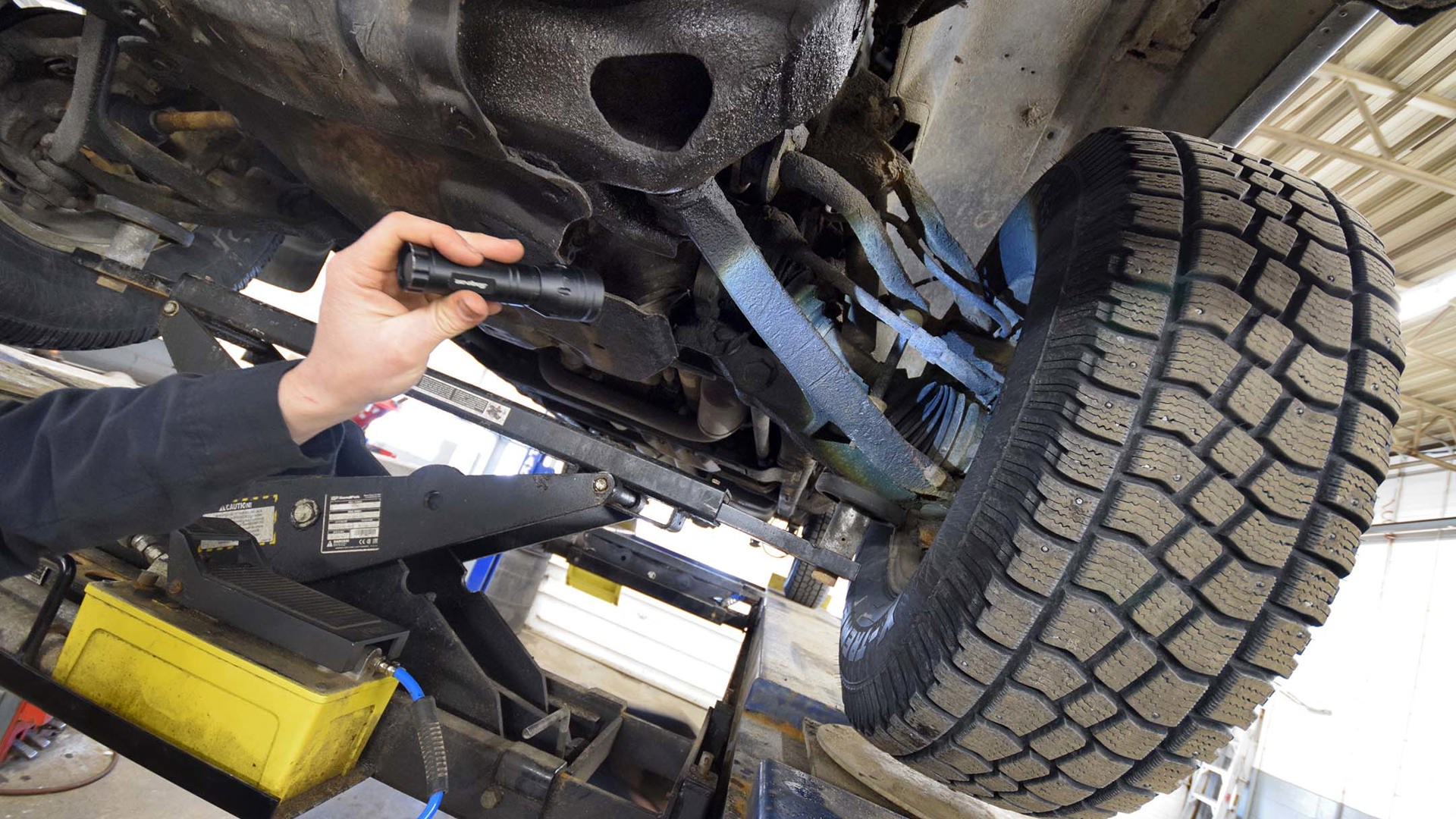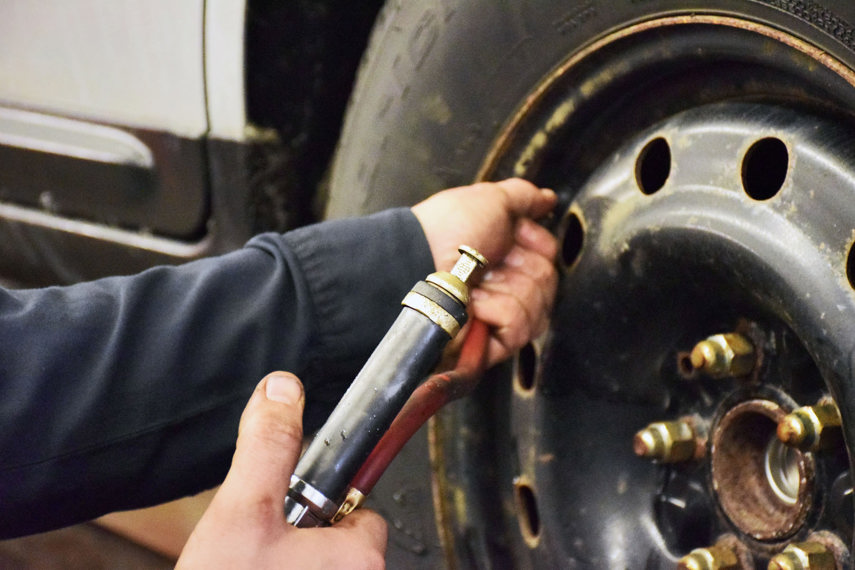Welcome to Goof of the Month: our monthly dip into the world of automotive cluelessness, fearing for the worst, and stories about the need for drivers and shoppers to understand their vehicle, how to maintain it, and how it works.
This month, Technician John Kennard shares the story of a customer who bought an inappropriately rated set of high-end tires for his poorly maintained vehicle, failed to properly care for them, and expected the tire warranty to provide a free set of replacement tires. (It didn’t).
“The customer stopped in with his Chevy Tahoe to have his winter tires and wheels swapped over. But he called a few days before his appointment and asked us to make sure we ordered a new set of all-seasons, to replace the set we installed for him a little over a year ago. He said they were badly worn, and that he needed a new set under warranty.”
Thing is, tire warranties don’t typically just offer up a free set of tires if the owner notes higher-than-expected wear.
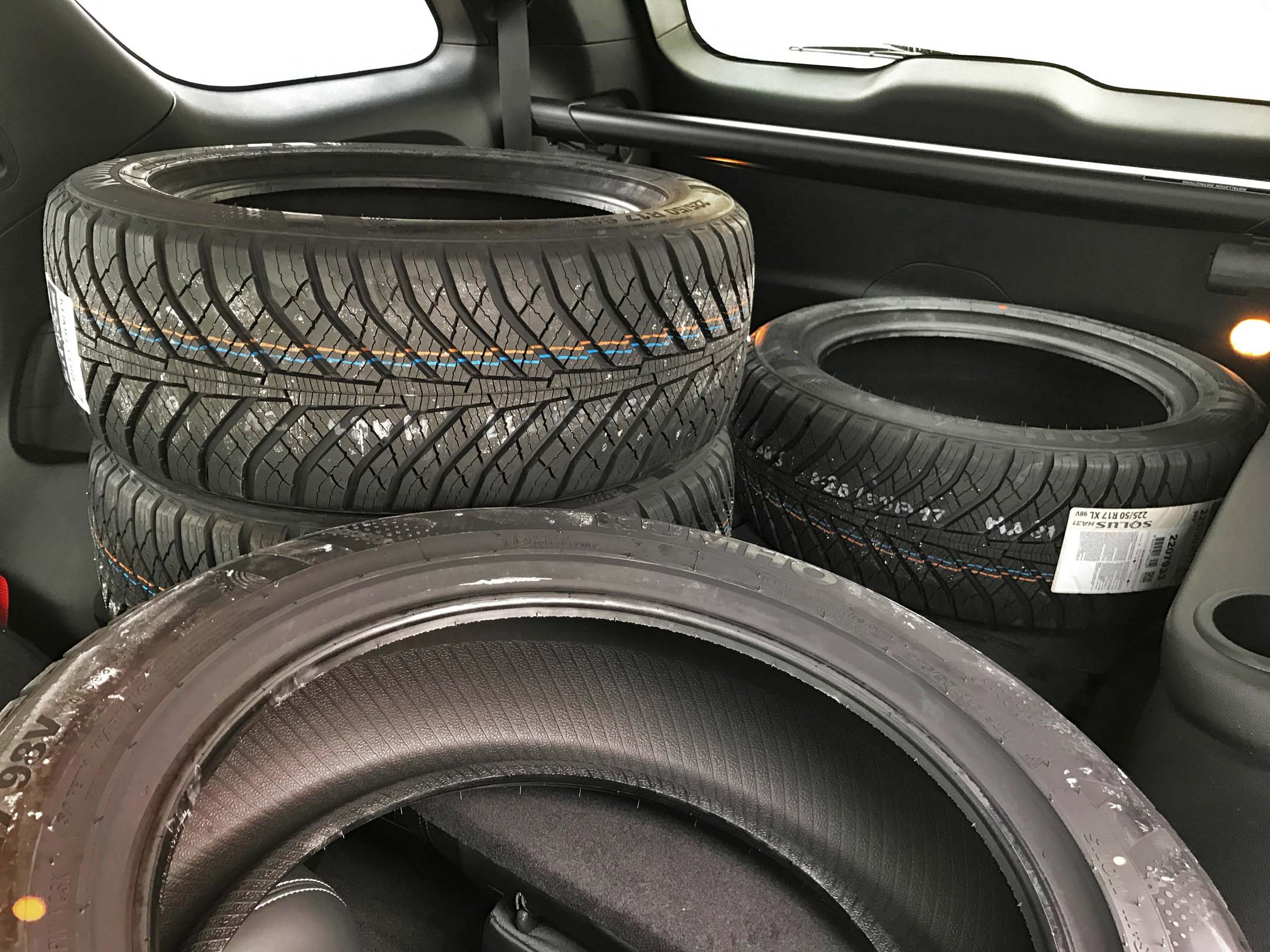
Maybe the customer wasn’t sure how the warranty on those all-season tires worked, or just expected some special treatment. Kennard explains, “There’s a process to follow which varies from manufacturer to manufacturer; but typically it requires an inspection of the tires, and an assessment of how well those tires were cared for, and a look at any conditions relating to the vehicle which could have contributed to accelerated wear.”
New tires are typically covered by some warranty period, and if a warranty claim is granted, owners typically get a pro-rated refund towards a new set, based on the amount of remaining treadwear against the age of the tire. “Usually, you’re getting a discount towards a new set of tires, a little earlier than you expected, and not a new set of tires,” says Kennard.
His customer said that he was very disappointed in his all-season tires, claiming that they’d worn down excessively during the short time they were installed. He figured his dissatisfaction meant he was owed a new set under warranty, and he demanded Kennard to swap a new set onto his summer rims while he was in for his winter tire swap.
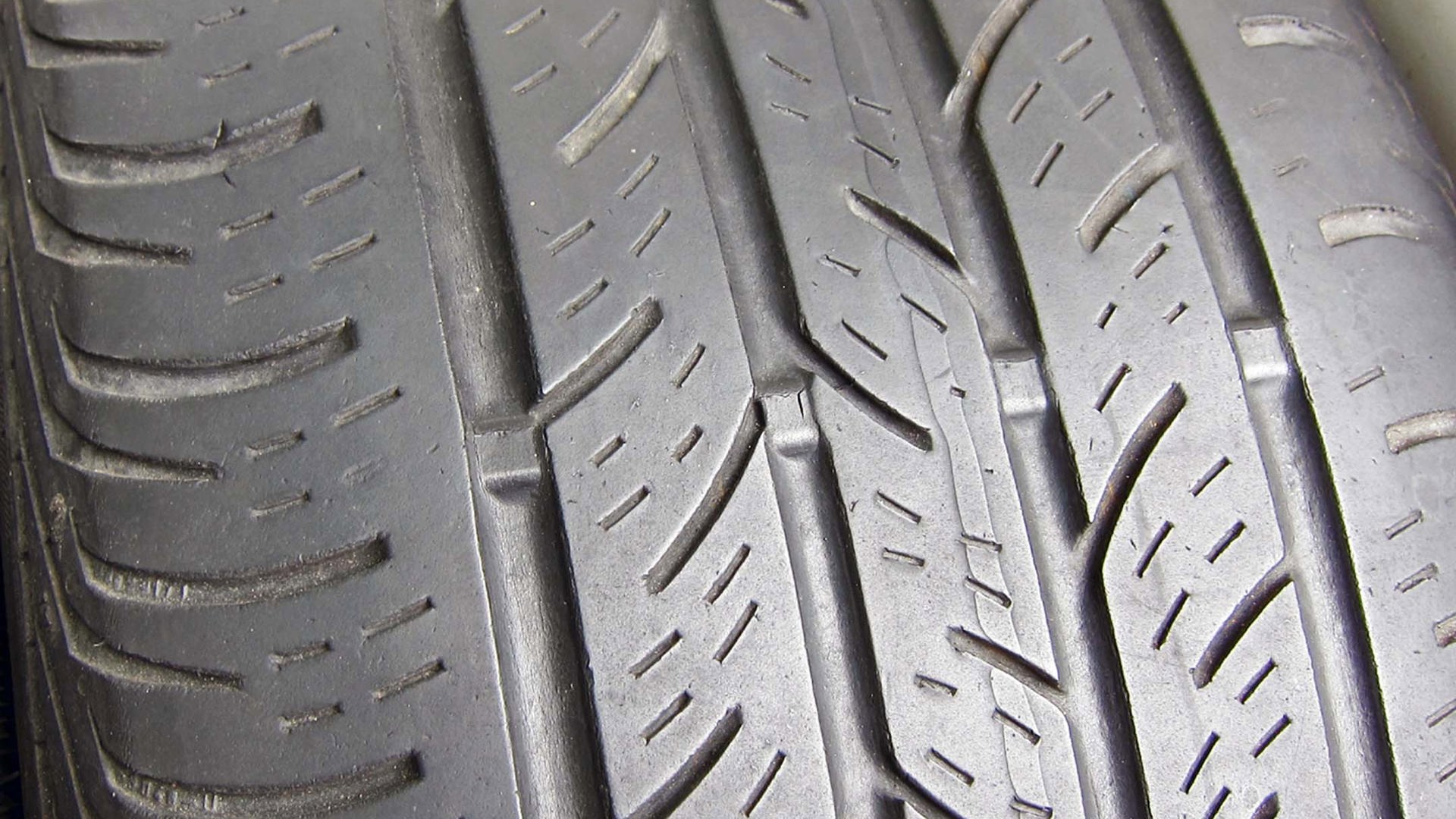
“But this isn’t Costco. You can’t just return something on a whim. There are conditions and rules applying to the warranty of any tire, and this customer wasn’t aware of them – maybe intentionally so. Or, maybe he was just trying to see what he could get away with, hoping he’d get a new set for free.”
Kennard and his customer looked at the worn all-season tires together.
“These tires were pretty worn,” Kennard recalls. “The customer asked how long it would take to install his new set to replace them, and I had to slow him down a little and explain how the tire warranty works.”
Kennard cast an eye over the all-season tires and noticed a few troubling things.
First, the tires were the improper load rating for the customer’s vehicle. The Tahoe is a big, heavy truck-based SUV, but the customer had installed a version of this tire with a load rating intended for a lighter vehicle.
How’d that happen?
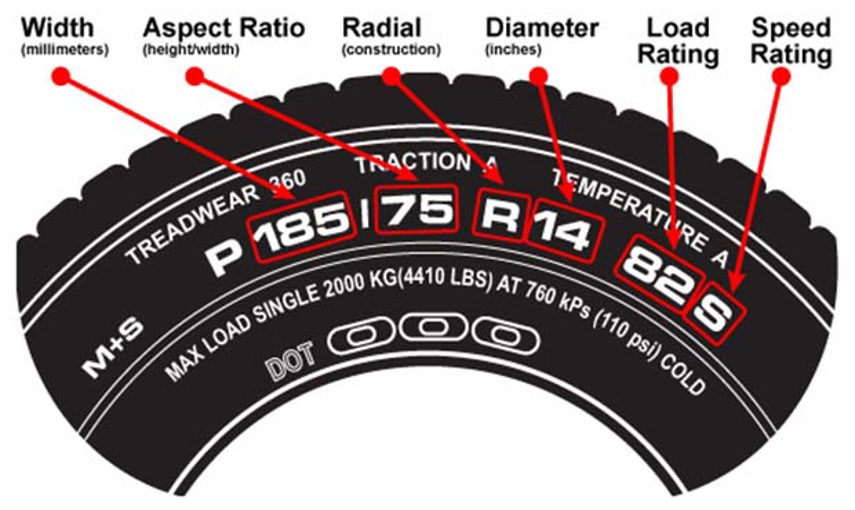
“The customer bought these tires from us through a sale we had on our website,” Kennard says. “He brought in his rims, but not the vehicle, and we mounted the tires, and he mounted the tires and wheels to his vehicle at home. Had we known these were going on a big heavy Tahoe, we’d have moved him up in to the proper load-rated tire. We ask for this information when selling in person, but not online. Still, he should have checked, and I guess, we should have, too.”
The gist? This customer had just spent over a year driving on tires that weren’t properly rated for the size and weight of the vehicle they were installed to.
There were other problems.
“We noticed heavy wear on the edges of two tires, indicating an alignment problem, which is fairly common on this vehicle as it ages.”
Kennard asked the customer when he last had an alignment performed. The customer said he didn’t remember.
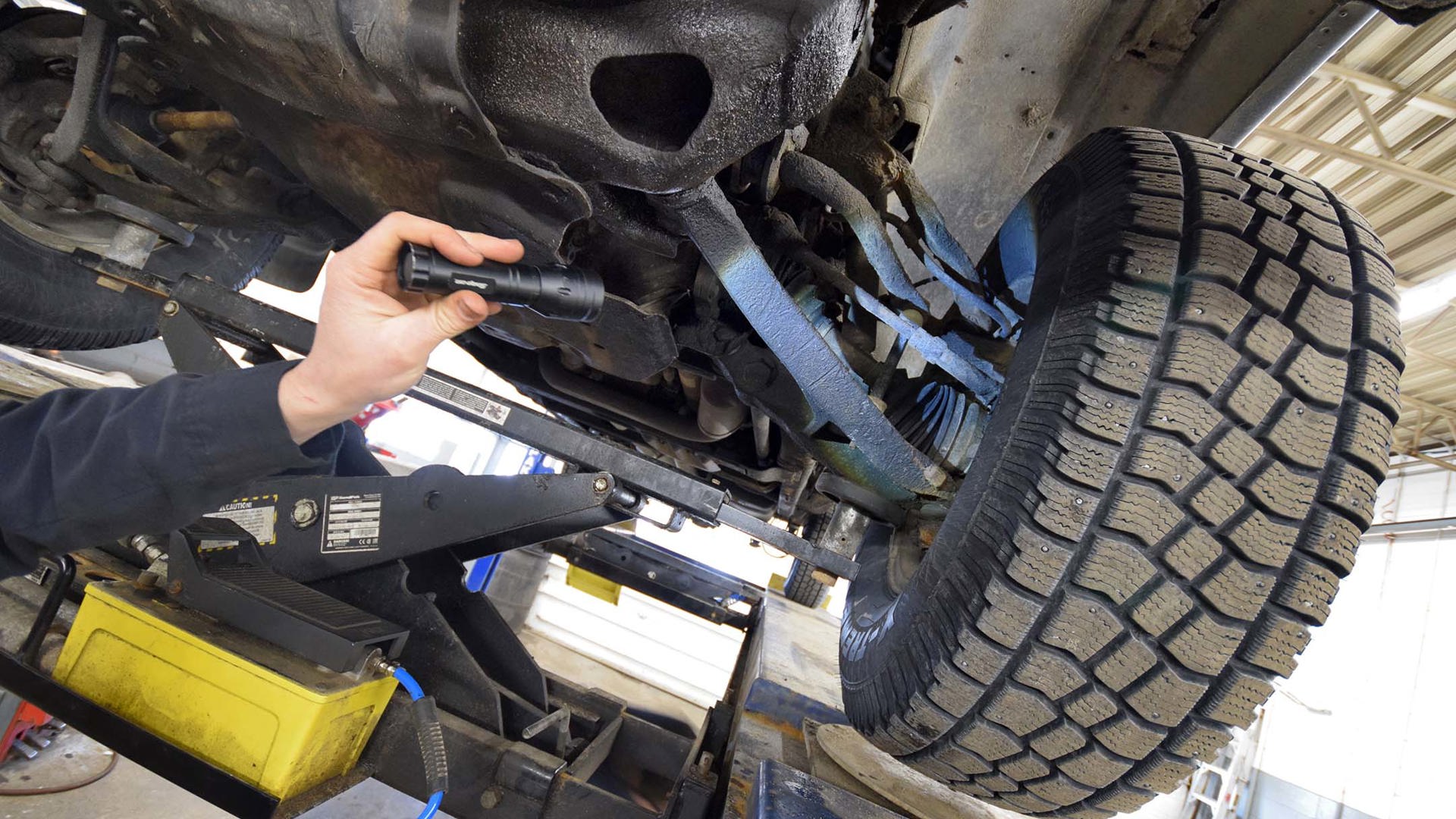
Kennard also asked the customer how often he rotated the tires, which is a requirement of the tire warranty. The customer said he rotated them regularly, but didn’t have any service records to prove it.
“But you need the service records. That’s just how warranties work. You need documentation to prove the tires were rotated and inspected regularly. It’s laid out right in the warranty card.”
But Kennard’s customer didn’t read the warranty card, which also explains that his only hope for a free replacement set of tires was the presence of some manufacturing defect.
The customer became agitated when Kennard explained that he couldn’t have a free set of tires.
“He also suggested we were trying to drive up his bill by advising him that his vehicle was out of alignment, and he seemed irritated that I called him out on tire rotations, though I explained that this part of the warranty is totally out of my control – as soon as he drove with these tires on that vehicle, the warranty was gone.”
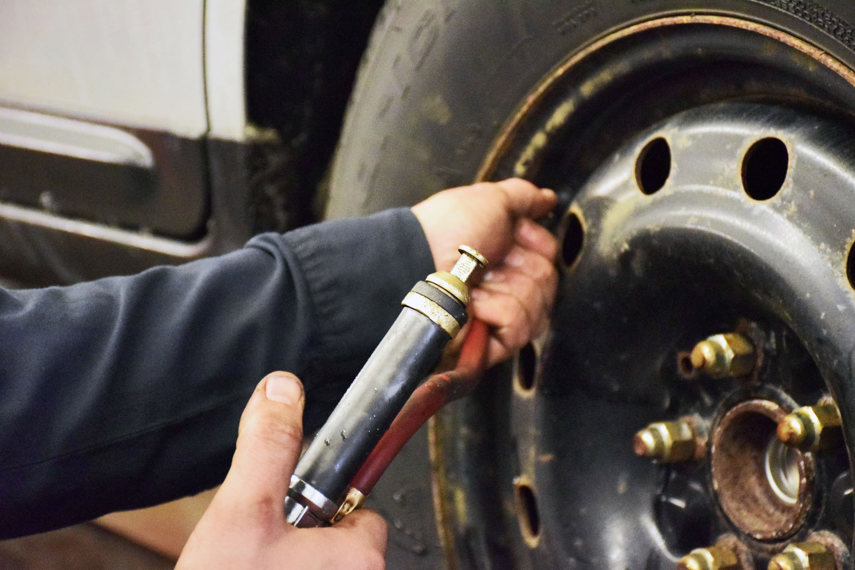
Kennard wanted to drive home the point that proper selection, care, and maintenance of the tire is vital to preserving their warranty, so he played off a hunch.
“In the middle of the customer’s tirade, I grabbed a tire pressure gauge and asked him when he last checked his tire pressure.
“He told me it was just the other day. So, I checked all of the tire pressures right in front of him. Two tires were down, a third was way down, and only one was properly inflated. Add in the poor alignment and improper load rating, and it’s no wonder they were wearing so quickly.”
Here, the customer’s accelerated tire wear wasn’t caused by some defect, it was caused because the installation of inappropriately load-rated tires, and their subsequent neglect, and the neglect of the vehicle they were installed to.
Kennard concludes: “Wear caused by failure to properly maintain and care for the tires and vehicle is not covered by warranty. And even if it were, this was the wrong set of tires for this vehicle, which voids the warranty right off the bat.”
